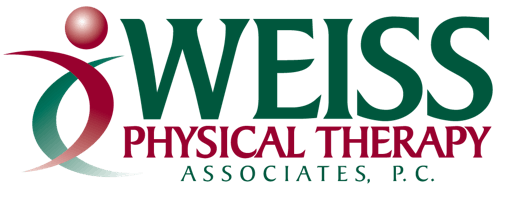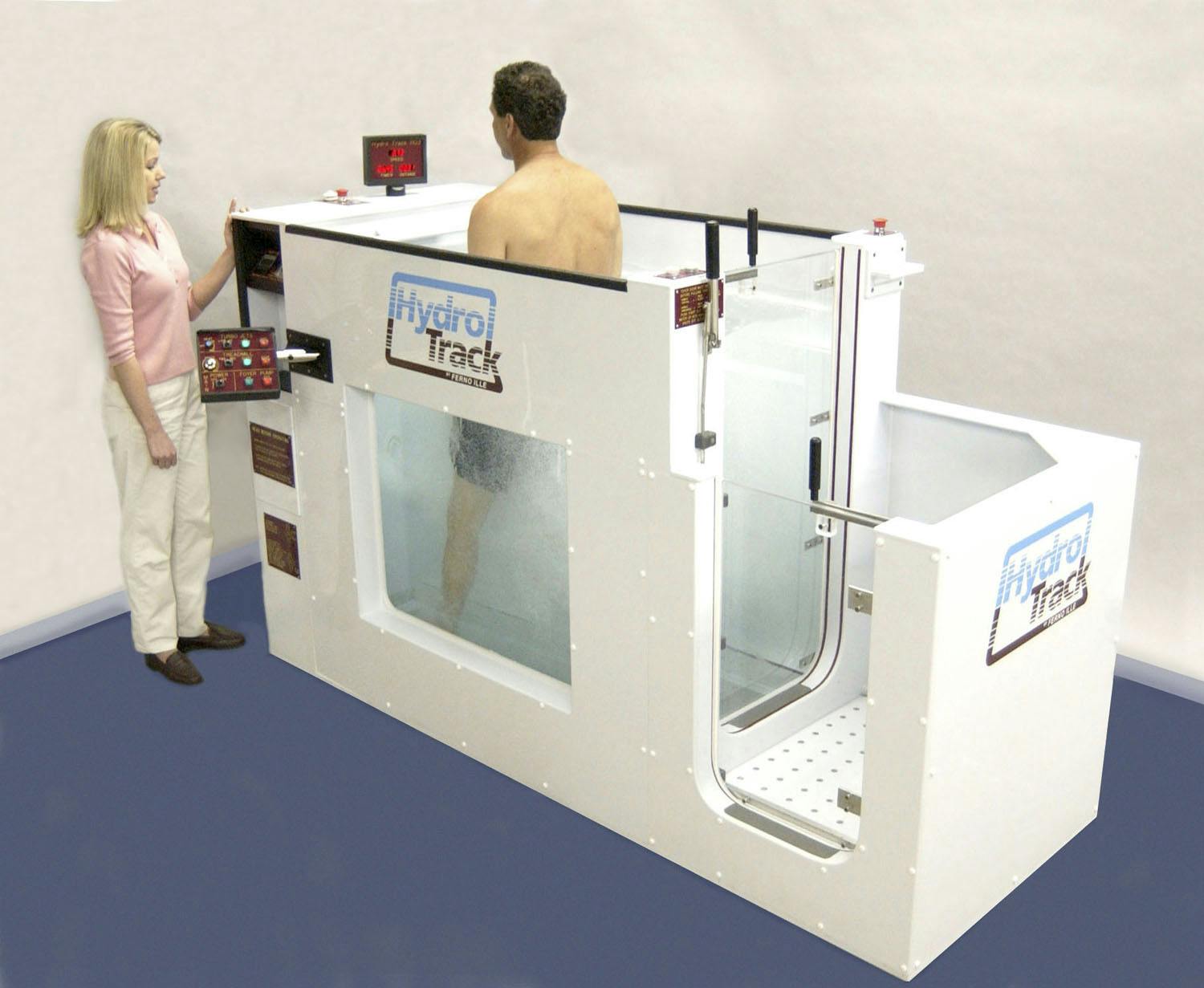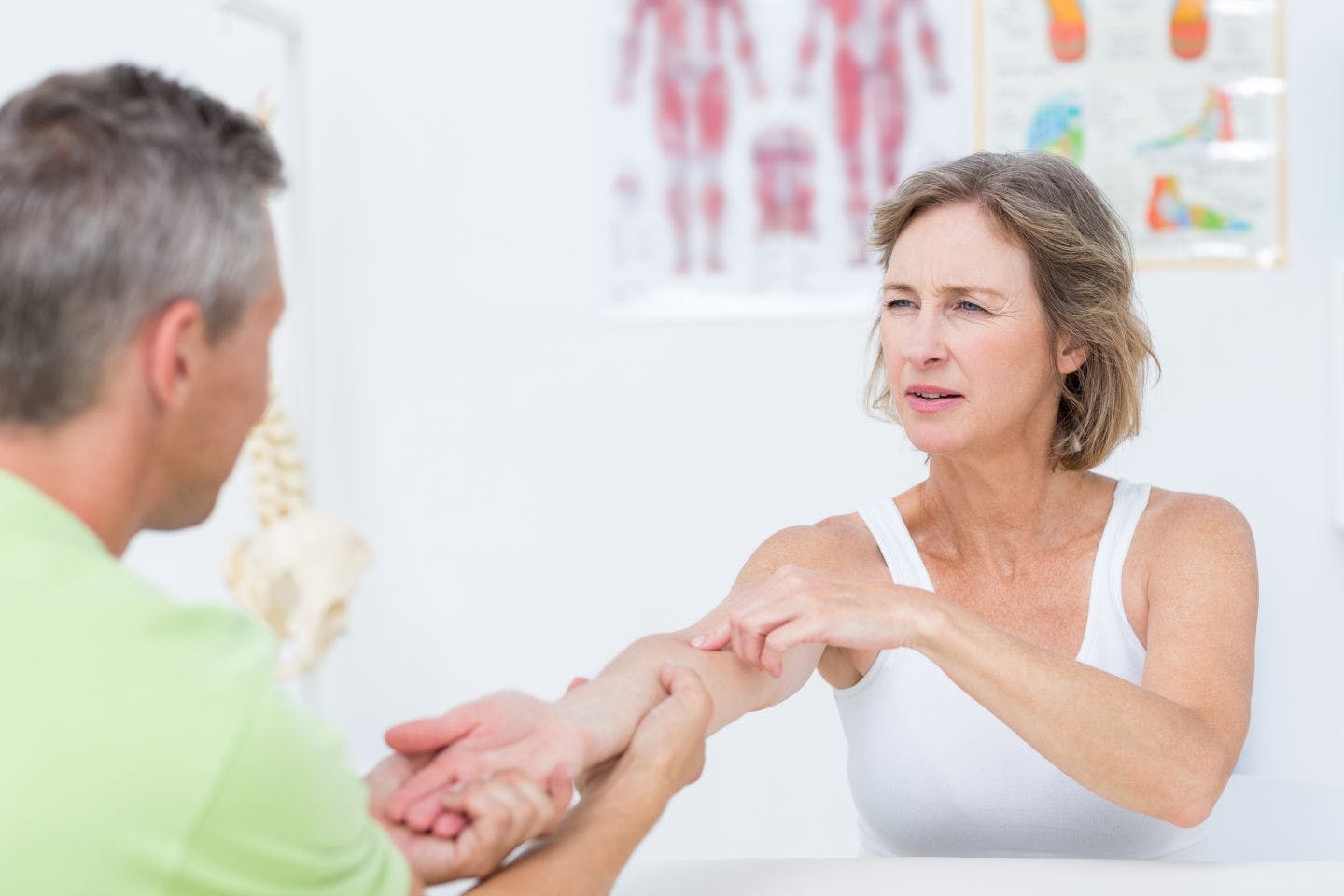Physical Therapists are experts in the art and science of the evaluation and treatment of human movement and balance dysfunctions. We care for a variety of muscle, joint, and nervous system disorders that can affect your balance.
Don’t ignore the Facts:
- One of every three persons age 65 and older falls each year.
- Falls are the leading cause of injury and accidental death in those over the age of 85.
- In 2005, 15,800 people 65 and older died from injuries related to unintentional falls.
- About 1.8 million people 65 and older were treated in ERs for injuries sustained from falls (CDC 2008).
Risk factors associated with falls:
- Older Age
- Vision Problems
- Muscle Weakness
- Medications (being on 4 or more)
- A History of Falls
- Medical Conditions (such as diabetes, arthritis, stroke, walking problems, fear of falling)
Your Physical Therapist will assess:
- Your Fall Risk
- Your Strength
- Your Balance
- Your Medical History
* Cited from Centers for Disease Control and Prevention, 2008 www.cdc.gov.
Gait Examination & Training
Gait examination is the analysis of walking problems by visually examining the interaction of the low back and the joints of the thighs, legs, and feet during the various stages of walking.
When performing a gait examination various stages of walking are observed including, initial contact, loading response, mid stance, terminal stance, pre swing, mid swing, and terminal swing.
Many back, thigh, leg, ankle, and foot problems may be caused by or manifest themselves in subtle gait abnormalities.
Gait training involves retraining the patient to improve their ability to walk as close to normal again. This training may involve:
- Stretching
- Strengthing
- Endurance exercise
- Balance exercises
- Visual/video training with feedback
- Verbal cues to improve walking patterns
- Training on different surfaces (grass, stairs, pavement, uneven surfaces)
There are a number of patients that can benefit from gait training including:
- Post-surgical hip, knee, ankle, foot patients
- Post-fracture patients
- Post-surgical spine surgery patients
- Patients with injuries to joints
- Patients with spinal cord injuries
- Vestibular/vertigo patients
- Neurologically involved patients
- Patients at risk for falls
- Stroke patients
- Numerous others


